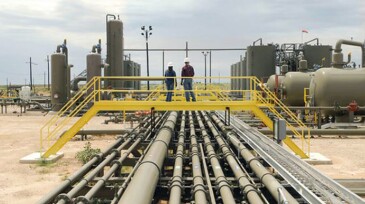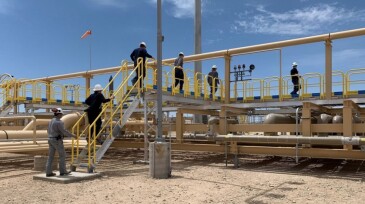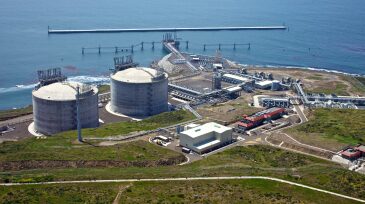greenhouse gases
-
ExxonMobil has won an independent certification level for managing methane emissions in its New Mexico shale operations and is the first company to meet the standard for associated gas.
-
Gas flaring, which accounts for 30% of carbon emissions from fossil-fuel operations, dropped globally to a 10-year low in 2021, but questions remain whether 2022 will see a rebound as the industry reboots in a post-COVID-19 world with oil and gas supplies tightening.
-
The long-awaited US Securities and Exchange Commission draft rule should help investors better understand how climate change will affect the companies they invest in, but it is set to increase the reporting burden for corporate America.
-
New lease agreements have secured more than 700 million metric tons of potential CO2 sequestration capacity.
-
Not so long ago, defining green energy was straightforward: renewables. It may not have been quite that simple, but developing agreed-upon definitions based on science has become much more complex and contentious.
-
Pavilion Energy, QatarEnergy, and Chevron have revealed their new methodology with the hopes of increasing transparency and helping the industry move toward a lower-carbon future.
-
Scientists from around the world have declared definitively and in unison that global warming is real and that it has been unequivocally caused by human activity. The next move, they said, is up to the world’s leaders.
-
The LNG carbon-credit plan is just part of the operator’s overall ambition to be a net-zero company by 2050 or sooner.
-
We need to analyze the carbon intensity of reserves, the potential emissions that are in front of us, not just the carbon intensity of current operations. An engineering solution associated with production forecasts over time offers a framework for thinking through the carbon-emissions issue.
-
The US producer is aiming for net-zero greenhouse-gas emissions related to both Scope 1 and Scope 2 categories over the next 3 decades.










